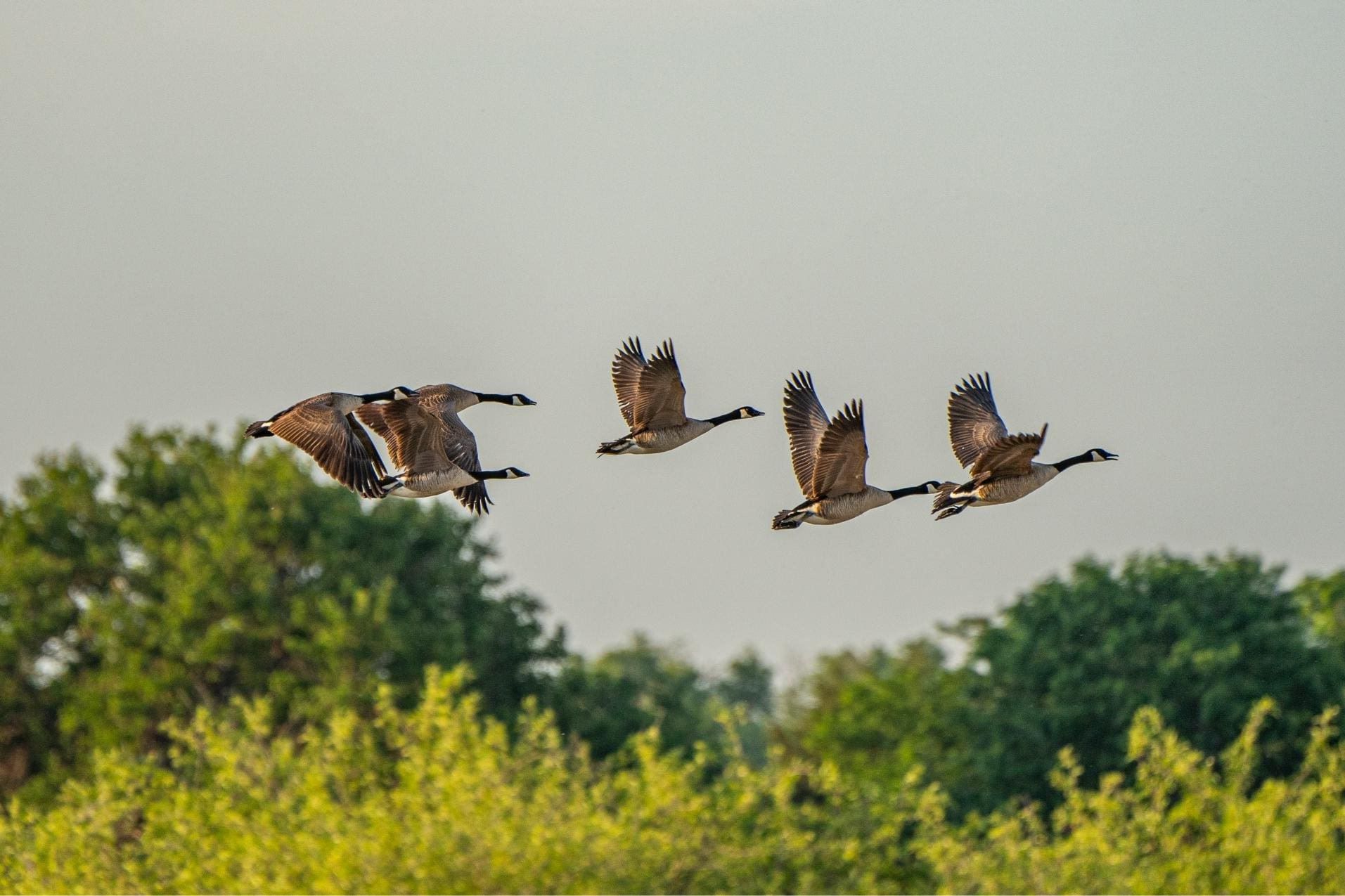Birdwatching Bliss At Quivira National Wildlife Refuge

Are you a birdwatching enthusiast looking for your next adventure? Quivira National Wildlife Refuge in Kansas might be the perfect spot for you. This hidden gem offers a haven for over 300 bird species, making it a paradise for bird lovers. Imagine spotting majestic whooping cranes, vibrant shorebirds, and graceful waterfowl all in one place. The refuge's diverse habitats, including wetlands, prairies, and woodlands, provide the ideal environment for these birds to thrive. Whether you're a seasoned birder or just starting out, Quivira offers something for everyone. Grab your binoculars, pack a picnic, and get ready to experience the beauty of nature up close.
Discovering Quivira National Wildlife Refuge
Quivira National Wildlife Refuge, located in Kansas, offers a haven for birdwatchers. With diverse habitats, it attracts numerous bird species. Here are some top spots to experience birdwatching bliss.
Migratory Marvels
During migration seasons, Quivira becomes a hotspot for birdwatchers. These locations provide the best views of migratory birds.
Big Salt Marsh: This expansive wetland attracts thousands of shorebirds, waterfowl, and wading birds. Look for sandhill cranes, American avocets, and various duck species.
Little Salt Marsh: Smaller but equally impressive, this marsh is perfect for spotting rare species like the whooping crane. Keep an eye out for pelicans and herons too.
Rattlesnake Creek: Flowing through the refuge, this creek provides a vital water source for birds. Watch for warblers, vireos, and other songbirds during migration.
Resident Raptors
Quivira is home to several raptor species year-round. These spots offer prime viewing opportunities.
Observation Tower: Climb the tower for a panoramic view of the refuge. Spot bald eagles, red-tailed hawks, and northern harriers soaring above.
Prairie Dog Town: This area attracts raptors hunting for prey. Look for burrowing owls, ferruginous hawks, and American kestrels.
Waterfowl Wonders
Waterfowl enthusiasts will find Quivira a paradise. These locations are ideal for observing ducks, geese, and swans.
Wildlife Drive: This scenic route takes you through wetlands and ponds. Watch for snow geese, mallards, and northern pintails swimming and feeding.
Kidney Pond: A smaller, secluded pond perfect for close-up views of waterfowl. Spotting scopes help identify species like teal, gadwalls, and canvasbacks.
Songbird Serenades
Quivira's diverse habitats support a variety of songbirds. These areas are best for hearing and seeing these melodious creatures.
Cottonwood Grove: This wooded area attracts many songbirds. Listen for the songs of orioles, grosbeaks, and warblers among the trees.
Grassland Trails: Walk these trails to spot meadowlarks, sparrows, and buntings. Early morning visits offer the best chances for sightings.
Wading Bird Wonders
Wading birds thrive in Quivira's wetlands. These locations provide excellent viewing opportunities.
Marsh Boardwalk: Stroll along the boardwalk to see herons, egrets, and ibises. Early mornings and late afternoons are prime times for observation.
Mudflats: These exposed areas attract wading birds searching for food. Look for stilts, plovers, and sandpipers probing the mud.
Nighttime Natives
Some birds are best seen after dark. These spots are perfect for nocturnal birdwatching.
Night Sky Overlook: Visit this spot at dusk to hear and see owls. Great horned owls and barred owls are common, and you might even spot a nighthawk.
Wetland Edges: As night falls, listen for the calls of rails and bitterns. These secretive birds are often heard rather than seen.
Final Thoughts on Birdwatching Bliss at Quivira National Wildlife Refuge
Quivira National Wildlife Refuge offers an unforgettable birdwatching experience. With its diverse habitats, you’ll spot everything from sandhill cranes to whooping cranes. The refuge’s trails and observation points make it easy to enjoy nature up close. Whether you're a seasoned birder or a curious newbie, Quivira has something for everyone. The best times to visit are during migration seasons in spring and fall when the bird activity is at its peak. Don’t forget your binoculars and camera to capture those amazing moments. A trip to Quivira isn’t just about birds; it’s about reconnecting with nature and finding peace in the great outdoors. So pack your gear, head to Kansas, and immerse yourself in the natural beauty of Quivira National Wildlife Refuge. You won’t regret it!

